The Dark Age of Superheroes
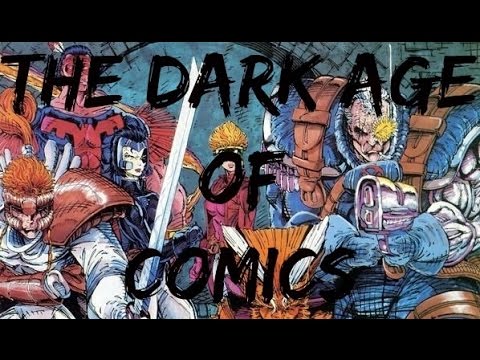
September 11, 2020
It’s time to finally put an end to this long series of articles. If you managed to read each and every single one, God bless your soul. But now, let’s jump right into the fray.
With the end of the Comics Code Association during the Bronze Age, many stories and characters began to take darker, more mature paths. It had characters dealing with substance abuse, murder, and death, among other things, but it seemed that was only just the beginning for grim and gritty realistic style comic artists had begun to create.
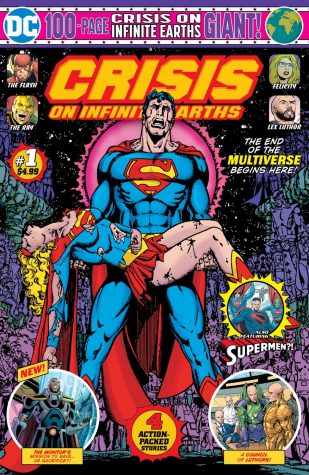 Many people agree that the Dark Age started when DC produced Crisis On Infinite Earths, a 12 issue comic event. The short series was meant to clear up decades of inconsistencies, bringing characters from the Golden and Silver Age under a single continuity. It explained the idea of multiple Earth’s across multiple dimensions and timelines, and it was a smashing success. Being praised by both audiences and critics for its ambition, epic scale, and for having the guts to kill off several beloved characters like Supergirl and Barry Allen The Flash from the regular DC lineup for years. It truly did feel like the end of something and the beginning of something, and how right that assumption was.
Many people agree that the Dark Age started when DC produced Crisis On Infinite Earths, a 12 issue comic event. The short series was meant to clear up decades of inconsistencies, bringing characters from the Golden and Silver Age under a single continuity. It explained the idea of multiple Earth’s across multiple dimensions and timelines, and it was a smashing success. Being praised by both audiences and critics for its ambition, epic scale, and for having the guts to kill off several beloved characters like Supergirl and Barry Allen The Flash from the regular DC lineup for years. It truly did feel like the end of something and the beginning of something, and how right that assumption was.
The following years, specifically in the late 80s and early 90s, would provide a massive boom for the comic industry with instant classic after instant classic hitting the shelves one after another.
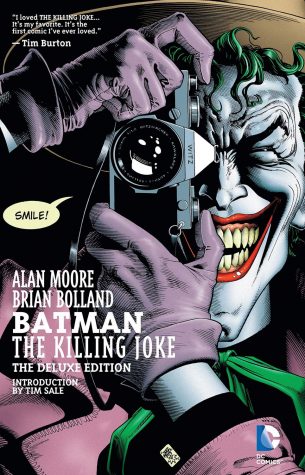
Watchmen and The Killing Joke by Alan Moore, Batman: The Dark Knight Returns by Frank Miller, The Death of Superman by Dan Jurgens, and the start of Marvel series X-men and Venom. In addition, with the effects and lingering fear of the Comics Codes Association finally releasing its last shackles, comics began to be published that proved beyond a shadow of a doubt that comics could be as dark and gory and disgusting as one can imagine and still be massive hits. The Mask by Doug Mahnke and John Arcudi is known as one of the bloodiest and most disturbing comics ever produced, and Spawn by Todd McFarlane is about a man possessed by the devil. I don’t think much more needs to be said. 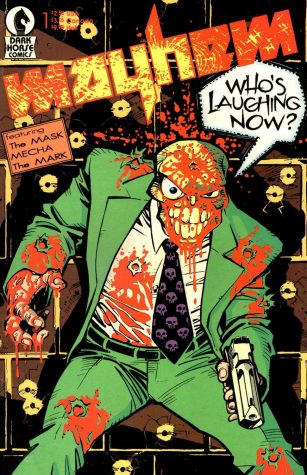 All these were massive hits that sold millions of copies and made both companies lots of money, and it didn’t stop there. Since Tim Burtons movie Batman was released in 1989, and cartoon series like X-men and Batman: The Animated Series were bringing in great ratings, success continued. Even on the small and big screen, comics were doing amazing. Sadly, the success wouldn’t last for much longer.
All these were massive hits that sold millions of copies and made both companies lots of money, and it didn’t stop there. Since Tim Burtons movie Batman was released in 1989, and cartoon series like X-men and Batman: The Animated Series were bringing in great ratings, success continued. Even on the small and big screen, comics were doing amazing. Sadly, the success wouldn’t last for much longer.
The bubble around the comic industry had popped around the late 90’s. Comic sales hit a low point, comic book movies were box office poison, and cartoon series either ended or were seen as too kiddish for older audiences to get into. That’s not to say comics were suddenly terrible overnight. Comics to this day still retain the ‘grim and gritty’ style and are by every definition… normal, some comics were bad, some were great. Some comic artist legends like Frank Miller went insane, and others retired or remained great. New blood came, old blood went. There were even some great comic book movies, like 300 directed by Zack Snyder, and Blade directed by Stephen Norrington. 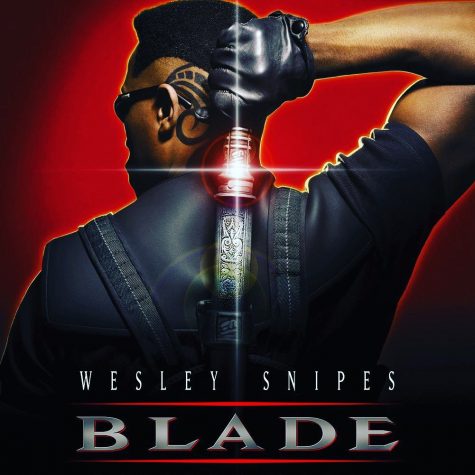 The problem was that people weren’t reading comics as much anymore because comics were good, but not masterpieces like at the beginning of the era. Additionally, most comic movies still sucked. Today, the comic industry sells on average a measly 100,000 copies a month. This ultimately led to Marvel being sold to Disney in 2009 for only 4 billion dollars. For comparison, nowadays, Marvel is worth 13 billion dollars.
The problem was that people weren’t reading comics as much anymore because comics were good, but not masterpieces like at the beginning of the era. Additionally, most comic movies still sucked. Today, the comic industry sells on average a measly 100,000 copies a month. This ultimately led to Marvel being sold to Disney in 2009 for only 4 billion dollars. For comparison, nowadays, Marvel is worth 13 billion dollars.
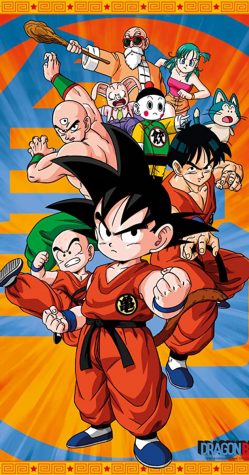
But luckily, there is a silver lining, because in the 2010s comic movies became box office gold. With the Marvel starting their Cinematic Universe, and DC attempting to do something similar before completely abandoning the idea. This has thankfully kept classic comics in the public mind, and in addition, online and fan comics have been doing amazing.
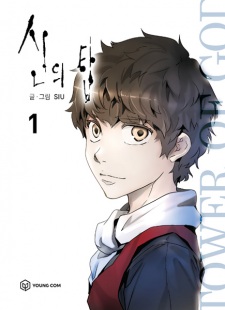
Also, imported comics from Japan and Korea, known as manga and manhwa, have gained popularity with the rise of Japanese cartoons or anime. Classic comics might not be popular anymore, but comics have still lived on in other ways.
With that, we end this simplified (whether you believe it or not) history of the comic industry. Seeing as we are still in the Dark Age, there is no real ending to conclude on for this; but one thing is for sure, comics will always be apart of American culture, in one way or another.